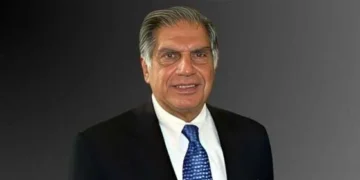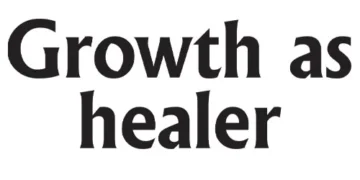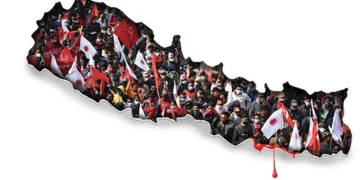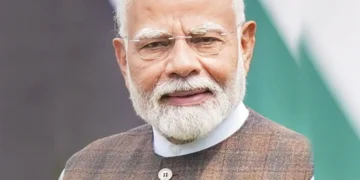K Srinivasan
Indian aviation owes a singular salute to Ratan Naval Tata for his passion for flying and burning desire to see India at the forefront of the industry – both in commercial aviation and in manufacturing. Sadly, for most of the time he was at the helm of Tata Sons, Ratan Tata was systematically thwarted from either setting up a world-class airline or getting into manufacturing.
“We went through three governments, three Prime Ministers and each time there was a particular individual who thwarted our efforts to form another airline,” Tata had said in November 2010 in Dehradun at an Uttarakhand state Government event.
While Ratan Tata has never publicly named the individual, almost anyone covering aviation knew that the particular individual in question was the redoubtable Naresh Goyal. The rakish Goyal was at the height of his power then, Jet Airways the favourite of the Page 3 class and the corridors of power were filled with his friends just waiting to say yes to his every demand.
Political opposition
When Tata first attempted to start an airline in 1994 during the early days of liberalisation under Narasimha Rao – a Singapore Airlines-Air India joint venture in a 60:40 model – there was opposition from politicians (Anand Sharma was at the forefront of the naysayers), civil servants and the likes of Naresh Goyal that why allow a foreign airline to control Indian skies? The fear was that SIA and Tata would produce a world-class airline that could give the competition (then Jet Airways, Air India and Indian Airlines) a run for their money.
In 1996, when HD Deve Gowda took over as Prime Minister, Ratan Tata once again made a determined push for an airline, this time keeping 60 per cent with the Tatas and SIA holding 40 per cent. For some time, it looked like this deal would go through with the then Foreign Investments Promotion Board (FIPB) greenlighting the arrangement. But the then-Civil Aviation Minister CM Ibrahim, who was very close to Deve Gowda, put his foot down. He was also close to both Naresh Goyal and Amar Singh. Amar Singh was right in the thick of action, being close to both the Prime Minister and the then-Defence Minister and a key member of the coalition, Mulayam Singh Yadav.
There were many attempts after that to get into the airline business, but the real redemption came in October 2021, when the Tatas won the bid for Air India under the Narendra Modi Government. It was a clean deal, a 100 per cent stake in the company with no liabilities to hang on to. On January 27, 2022, the Tatas formally took over the Maharaja.
Exhilarating experience
While that is one side of the story, on the other side one had Ratan Tata, in 2007, at the age of 69, become the oldest Indian to pilot an F-16 at the Bengaluru Aero India show. He described the experience as “exhilarating”. In 2011, he flew the advanced F/A-18 Super Hornet, used by the US Navy and many other Navies around the world. He also worked extensively to get the Tatas into aerospace manufacturing. Today Tata has joint ventures with helicopter giants Sikorsky and Airbus; they also manufacture key components for Boeing and produce the C295 aircraft in Vadodara in collaboration with Airbus. Perhaps no country and no single entity anywhere in the world has such a wide range of aviation businesses under one umbrella. It is a credit to Ratan Tata.
Indian aviation must be grateful forever for his extraordinary leadership and commitment to excellence. That he was humble, ethical and abundantly decent only added to his extraordinary stature.






























